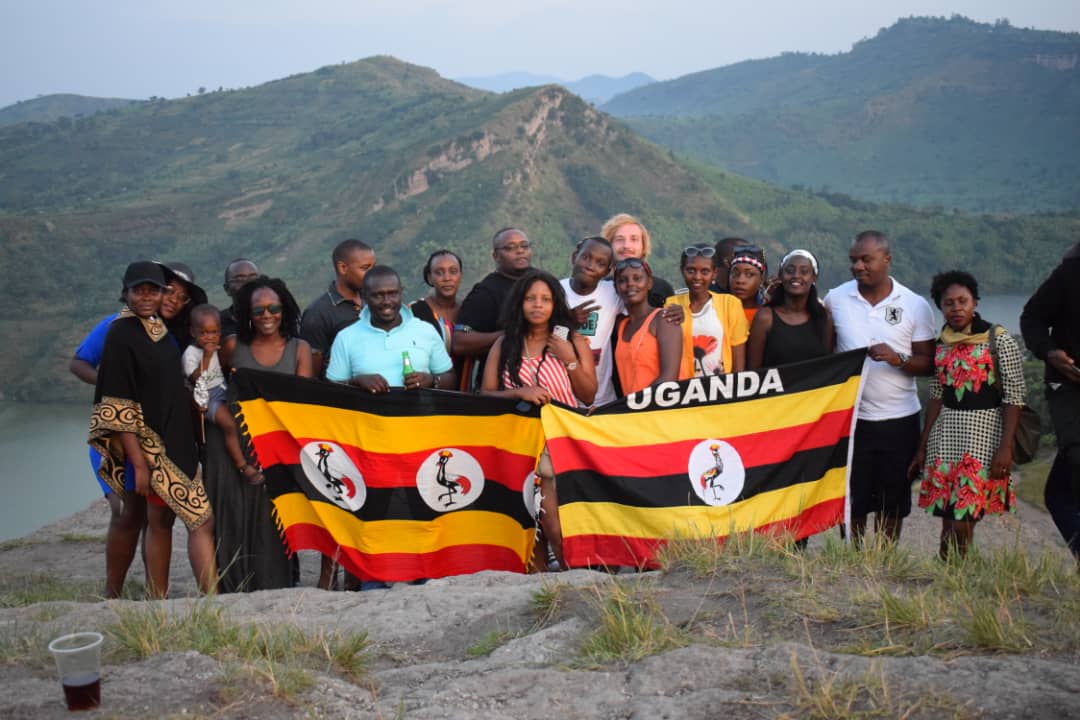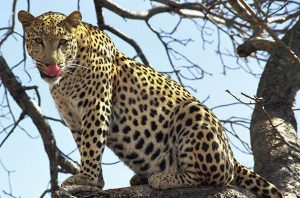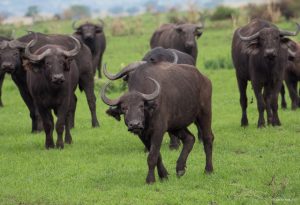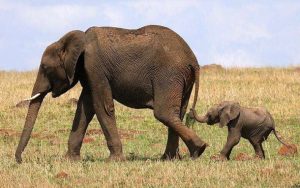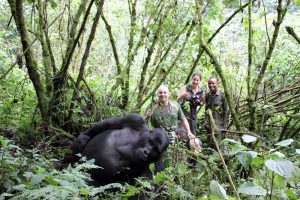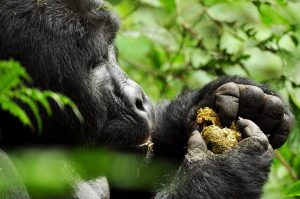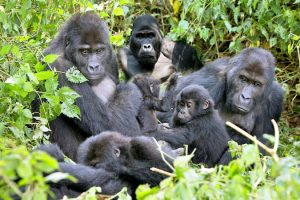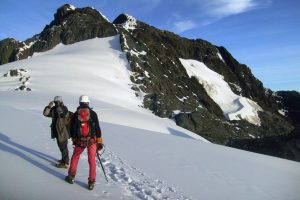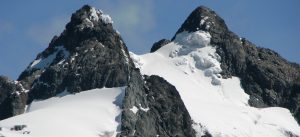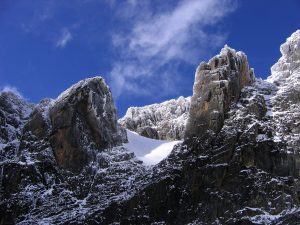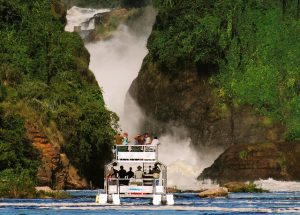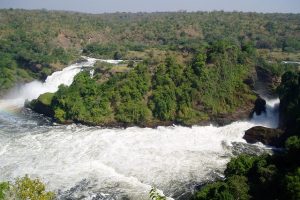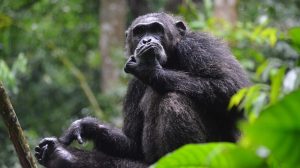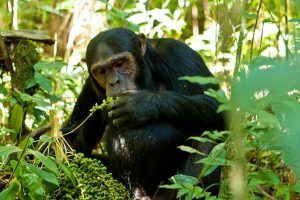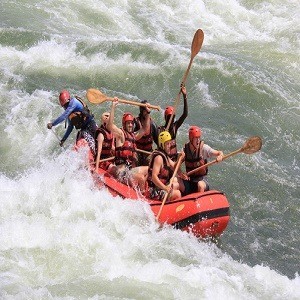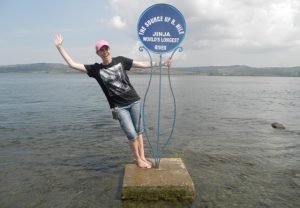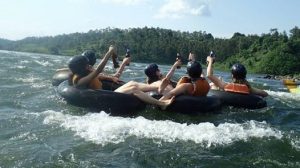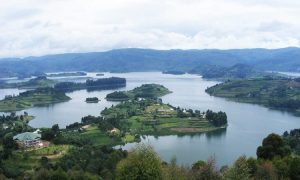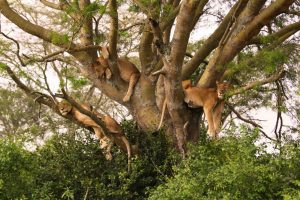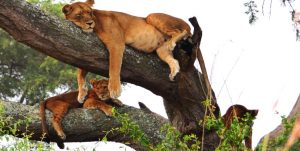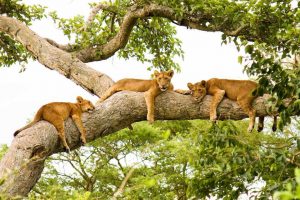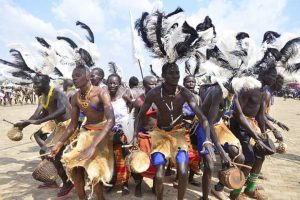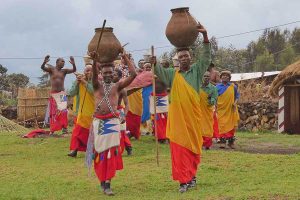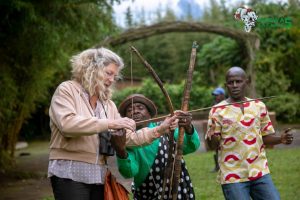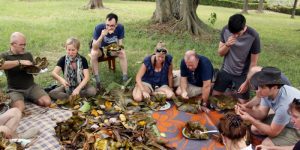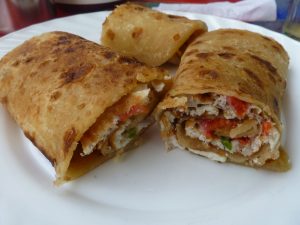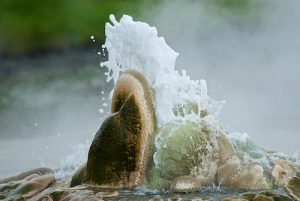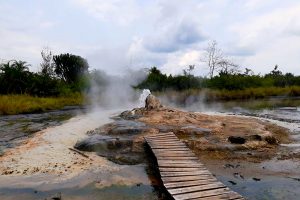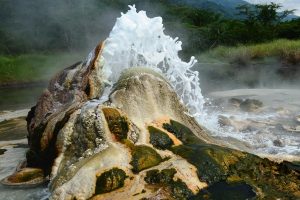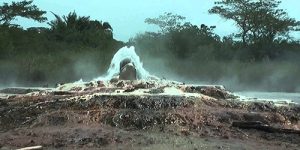Table of Contents
The 20 Top Reasons Why You Should Visit Uganda, the Pearl of Africa
The 20 top reasons why you should visit Uganda the pearl of Africa. She is gifted by nature, boasts her variety of wildlife and over 1000 bird species.
Uganda has diverse and stunning landscapes in Africa’s tallest mountain range, the snowcapped Rwenzori Mountains of the Moon, the vastness of Africa’s largest freshwater lake, Lake Victoria, the River Nile that begins its journey through the country to the Mediterranean Sea. Uganda has a rich culture of lovely flora and fauna among others.
Uganda Is The Pearl Of Africa | Reasons To Visit Uganda
Because of her natural beauty, natural wonders, and her welcoming people while on a tour of Winston Churchill to Uganda with magnificent features and creatures, Winston Churchill in his book “My African Journey” concluded declaring Uganda as the Pearl of Africa in the year 1908.
He emphasized this when he talked of Uganda’s magnificence, color and bird species, reptiles, insects, beasts, mammals, and vegetation.
He critically looked into all this and analyzed and described it as a fairy tale, with unique environmental attributes and a moderate climate due to the country’s location at the equator. Words are not enough to describe Uganda but you need to see the country yourself.
Winston was so amazed by what he saw and found in Uganda while on his journey as he had not seen it elsewhere before hence uniquely identifying it as the Pearl of Africa.
Uganda has diverse and stunning landscapes in Africa’s tallest mountain range, the snowcapped Rwenzori Mountains of the Moon, the vastness of Africa’s largest freshwater lake, Lake Victoria, the River Nile that begins its journey through the country to the Mediterranean Sea.
Best Places To Visit In Uganda
Uganda has a rich culture of lovely flora and fauna among others.
Flora And Fauna Of Uganda
Uganda, the Pearl of Africa has a biodiverse flora and fauna and is known for its splendor, natural wonders, and amazing people. Uganda has a wealth of unexploited natural resources. It showcases a varied collection of habitats, landscapes, and vegetation from open wooded savannah forest and acacia woodlands, tropical forest, riparian forests, montane forests, rocky outcrops, grasslands, marshes, sweeping valleys, craggy hills, bush thickets, and extensive wetlands—all these varied vegetation hosts abundant wildlife, primates, and birdlife.
Being close to the equator and its location on the great African plateau gives it a remarkable biological and physical flora and fauna. Uganda has a consistently tropical hot climate, and the temperatures are relatively uniform throughout the year. Temperatures are also affected by the wide variation in altitude across the country.
The presence of Lake Victoria provides moisture to the south, thus induces precipitation in the western shores. Without this lake, it would be dry and arid throughout the year. However, most regions receive between 1000mm to 2000mm of rainfall annually.
Uganda is a country of diversity in her people, natural inheritance, lands, foods, weather—name it. It is pretty tough getting what is unique to Uganda because there are many products and services to fit that profile.
Mountain Gorillas
Uganda has 54% of all the mountain gorillas in the world. Considering that there are only 880 or so mountain gorillas, this is a significant contribution to world heritage. The mountain gorillas are found in the world heritage site of Bwindi Impenetrable National Park (50% of world mountain gorillas) and Mgahinga National Park.
Birding
In addition, about 11% of the world’s bird species are found here in Uganda—a country about the size of Oregon in North America; or UK in Europe. There are over 1060 bird species in Uganda and one can literary begin birding right after departure from the airport or a step through the border.
Mountains Of The Moon | Rwenzori Mountains
Africa’s largest and highest mountain range, the Mt. Rwenzoris (Mountains of the Moon as Greek philosopher Ptolemy called them) are found on the western rim of the Great Rift Valley that goes through Uganda. Mt. Rwenzori, the third highest in Africa, has permanent snow and glacier through the year. It has the unique three horned chameleon.
River Nile
Uganda is the source of the Nile, the world’s longest river that flows from the Lake Victoria, the largest tropical fresh water lake, and the world’s second largest fresh water lake.
Cultural Diversity
With over 45 languages and dialects, Uganda is a rich cultural mixing pot right in the heart of Africa. The rich cultural diversity means variety in foods, dressing, customs and beliefs.
And it is for beliefs that Uganda today is known for the Uganda Martyrs. These 45 young men died for their Christian faith rather than submit to the Kabaka of Buganda between 1885- 1887. Today, over 3 million people from all parts of Uganda, Africa and other parts of Africa travel to pay homage in memory of these Christian martyrs.
Historical sites and homes to legendary tribes, most people don’t know about.
The Batwa Trail is not only about the Batwa people. While it goes through their former lives in the forests, considering they are believed to be the earliest dwellers in this part of Africa, other people live in the same area. You will find the Bakinga and Bafumbira who live in the same communities.
There are several historical sites in Uganda. In Buganda, we have the Kasubi Tombs, a world heritage site that has been the burial place for the kings (Kabakas) of Buganda. The kingdom of Buganda has been in existence for over 600 years.
The Bunyoro Kingdom, which has been there even longer, once stretched beyond Kisangani in DRC, all the way to central Uganda and way down to Northern Tanzania and Rwanda. Today, the Omukama of Bunyoro has his main seat in Hoima also the land where Uganda’s largest oil reserves are. In Bunyoro are historical sites of the kingdom with some of the tunnels the Bunyoro forces built in the fight against the British colonialists and their supporters. Fort Patiko in northern Uganda is one of the remaining forts built by colonialists in the bid to take over the people of Uganda.
In Kampala, we have the Uganda Martyrs shrine where 45 young men gave up their lives rather than give up their Christian faith. The shrines and the museum are a great attraction for 3 million domestic and international tourists.
What is the vegetation of Uganda?
Geographically, Uganda is generally a flat plateau with an altitude of above 900m in most parts of the country with numerous small hills and valleys and extensive savanna plains. Vegetation in Uganda is exceptionally diverse, a result of the different microclimates of the country. Vegetation zones can be roughly classified according to the rainfall/ climatic zones;
-
- Lake region
- Northern Region
- Highlands of the Southeast
Vegetation is heaviest in the south and typically becomes wooded savannah in central and northern Uganda. In the highlands southwest, however, cultivation is intensive even on the high mountain slopes. However, there are scattered patches of thick forest or elephant grass and mvuli trees, providing excellent timber.
The cooler western highlands contain a higher proportion of long grass and forest. In the drier northern region, short grasses appear, and there are areas of open woodland; thorn trees and Borassus palms also grow.
Savannah grasslands cover most of Uganda but vary in different regions depending on the altitude and temperatures. Southwest may be wooded, shrubby to the north, or dry to the northeast. Savannah habitat is dominated by grassland dotted with Borassus palms, woodland with forest patches.
The woody vegetation is dominated by acacia-dotted savanna species, Olea, and Boscia species. Forest savannah mosaic vegetation is scattered throughout the country in areas close to water bodies. The forest vegetation has high amounts of evapotranspiration, increasing the rainfall around the region. The forest vegetation lessens soil erosion, flooding and ensures that streams continue to flow in the dry season.
Uganda is in the cradle of mountains, which means mountain vegetation covers most of the countryside, like in the Rwenzori mountains and the Mount Elgon region. Budongo forest, in Murchison Falls National Park, is the largest natural mahogany forest with ironwood trees.
Hygrophilous vegetation thrives in highly humid areas, lining near the Great Lakes, such as papyrus swamp and narrow lush riparian woodland bands.
The Best Time To Visit Uganda | When To Visit Uganda | Best Time To Uganda | Best Time To Go To Uganda
The best time to visit Uganda is between June to August and December to February, which is during the Dry seasons. Wildlife viewing is at its peak. Primate walks in the forest are a big part of any safari in Uganda. The habitat of rainforests is, by default, very wet, and one can’t avoid rain completely. However, after heavy rain, the skies often open up to bright sunshine.
June to August and December to February –Dry Season
March to May and September to November –Wet Season
Best Time to Go to Uganda by Major Park
All parks are best visited during the Dry season from June to August and December to February.

